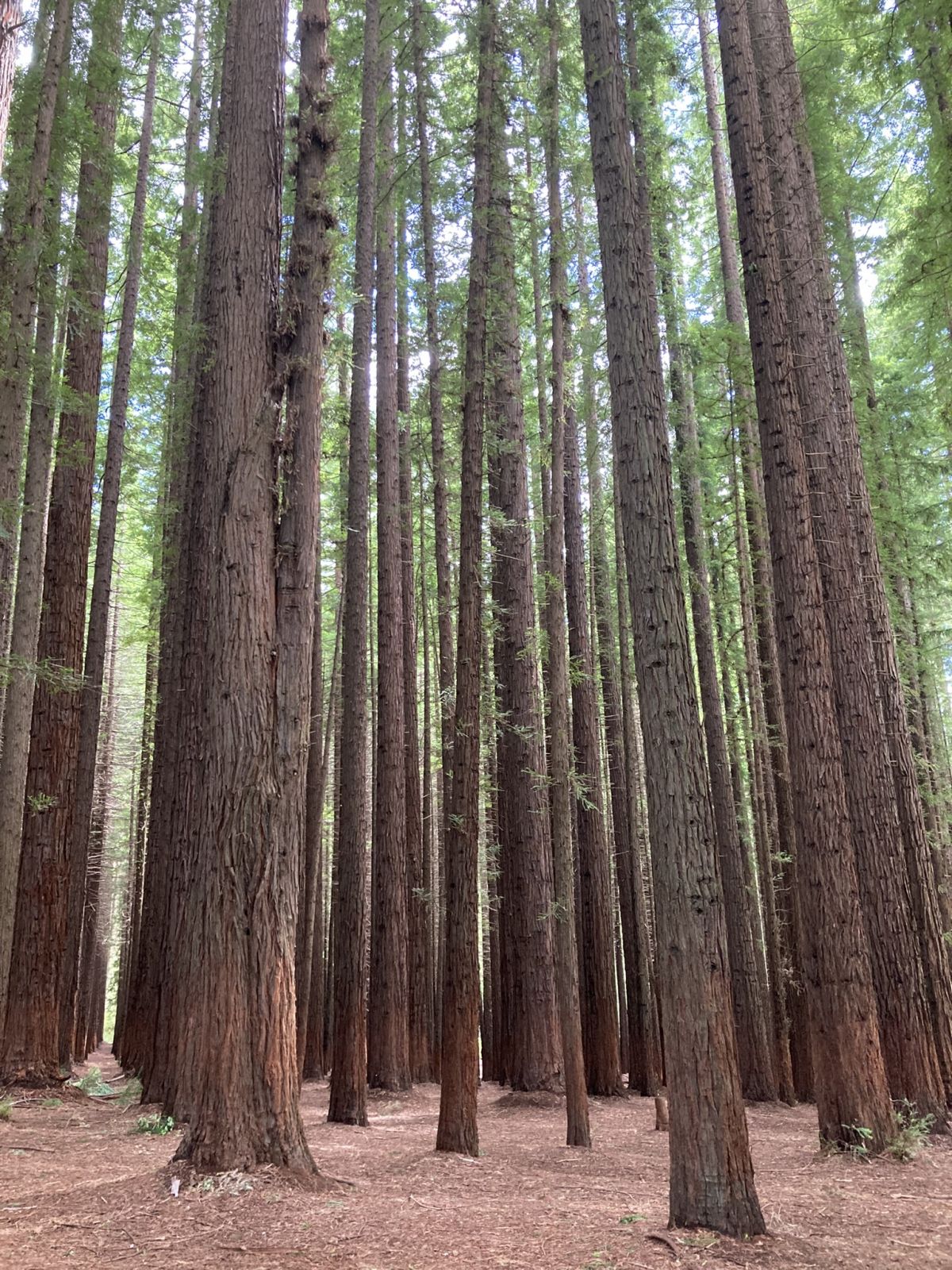15 August
Cement Creek Plantation: A living laboratory
Nestled in the Dandenong Ranges, Cement Creek Plantation is more than a picturesque forest. It was established in the early twentieth century as an experimental site for forestry research. The approach was groundbreaking for its time, playing a crucial role in advancing our understanding of exotic timber species and forest management techniques.

Melbourne Observatory: Stargazing through history
Built in 1861, the Melbourne Observatory complex was crucial for early Australian astronomy. It helped in observing stars and planets and developing new techniques. As there were few well-equipped observatories in the nineteenth and early twentieth centuries, the complex provided the world with important scientific information that was unavailable from other sources.

Royal Melbourne Zoological Gardens: Advancing zoological excellence
Since its establishment in 1862, the Royal Melbourne Zoological Gardens has been key to zoological research and animal care in Victoria. The design of animal enclosures such as the Great Flight Aviary (1934), the former Elephant House (1944), and the Giraffe House (1913), were highly innovative for their time. Today, the Zoo remains dedicated to conservation and education, fostering knowledge and respect for wildlife and their habitats.

CSL (Commonwealth Serum Laboratories) Collection: A Legacy of Medical Innovation
The CSL Collection represents a vital chapter in Australia's medical history. Established in 1916, CSL was instrumental in the development of vaccines and serums that have had a profound impact on public health. The collection comprises over 650 objects, including vaccines, sera, antivenoms and scientific instruments.
These heritage places and objects are active reminders of how science has shaped our past and continues to inspire our future. Whether through groundbreaking research, astronomical discoveries, or medical advancements, Victoria's heritage is rich with stories of scientific progress and discovery.

Page last updated: 23/08/24